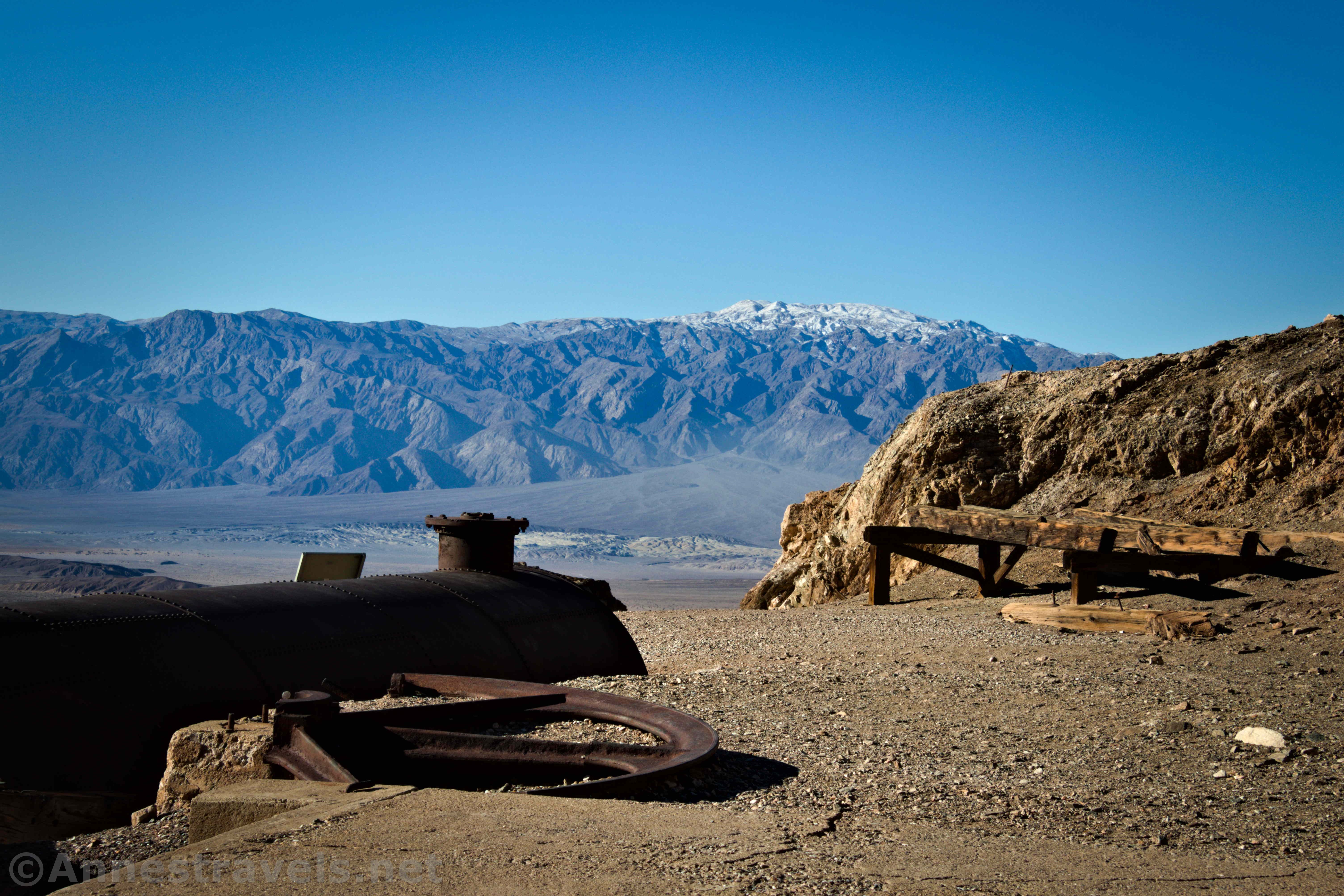
There are three parts to every photo: 1) the Background, 2) the Foreground, and 3) the Subject. The point of any good picture is to use these three elements in such a way as to draw attention to the subject while also having a pleasing (but not distracting) foreground and background.

The Subject
The subject of your photograph is the one element that is the focal point of the picture. There should be only one (just one!) subject in most photographs. If there is more than one subject in a picture, the viewers’ eyes will jump around trying to find a place to rest. This is great when you’re trying to create a disturbing picture, but for now, you probably want to stick with one element that will be the subject of your picture.
The subject may be a flower, a friend, a tree, a distant mountain, a rock or arch, a waterfall, or a spire in a canyon. It may be close to you or far away, big or small, colorful or drab, moving or inanimate, natural or made by humans. A subject can be literally anything as long as it’s the single focal point of the picture.

The Background
Put simply, the background is whatever is behind the subject. It may be interesting or boring, colorful or bland, simple or complex. The background might even have elements that could be subjects, as well.
The goal with any background is for it not to distract or detract from the subject. The background may be quite interesting – for example, snowy mountains – but it should help to tell your story without overshadowing the subject.

The Foreground
The foreground is (you guessed it!) anything in front of the subject. Typically, it will lead your eye to the subject, but at the very least it won’t distract from the subject. The foreground can be easy to overlook because we do it all of the time with our eyes – we’re focusing on whatever it is we want to see, so we don’t bother looking at what’s right in front of us.
But like the background, the foreground can detract from the subject. Too much or too little foreground – or the wrong elements in the foreground – are distractions.
For example, have you ever had a family photo where there is 10-20 feet of grass or trail or pavement in front of the tiny family standing against the railing of the viewpoint? This is an example of too much foreground – if you’d have just walked closer to the family, it would have been a much better photo!

Putting it all Together
When you set up a photo, you need to be aware of subject, background, and foreground. Usually, you’ll pick your subject first, then you’ll move yourself and your camera around until you have a background and a foreground that is pleasing to the eye.